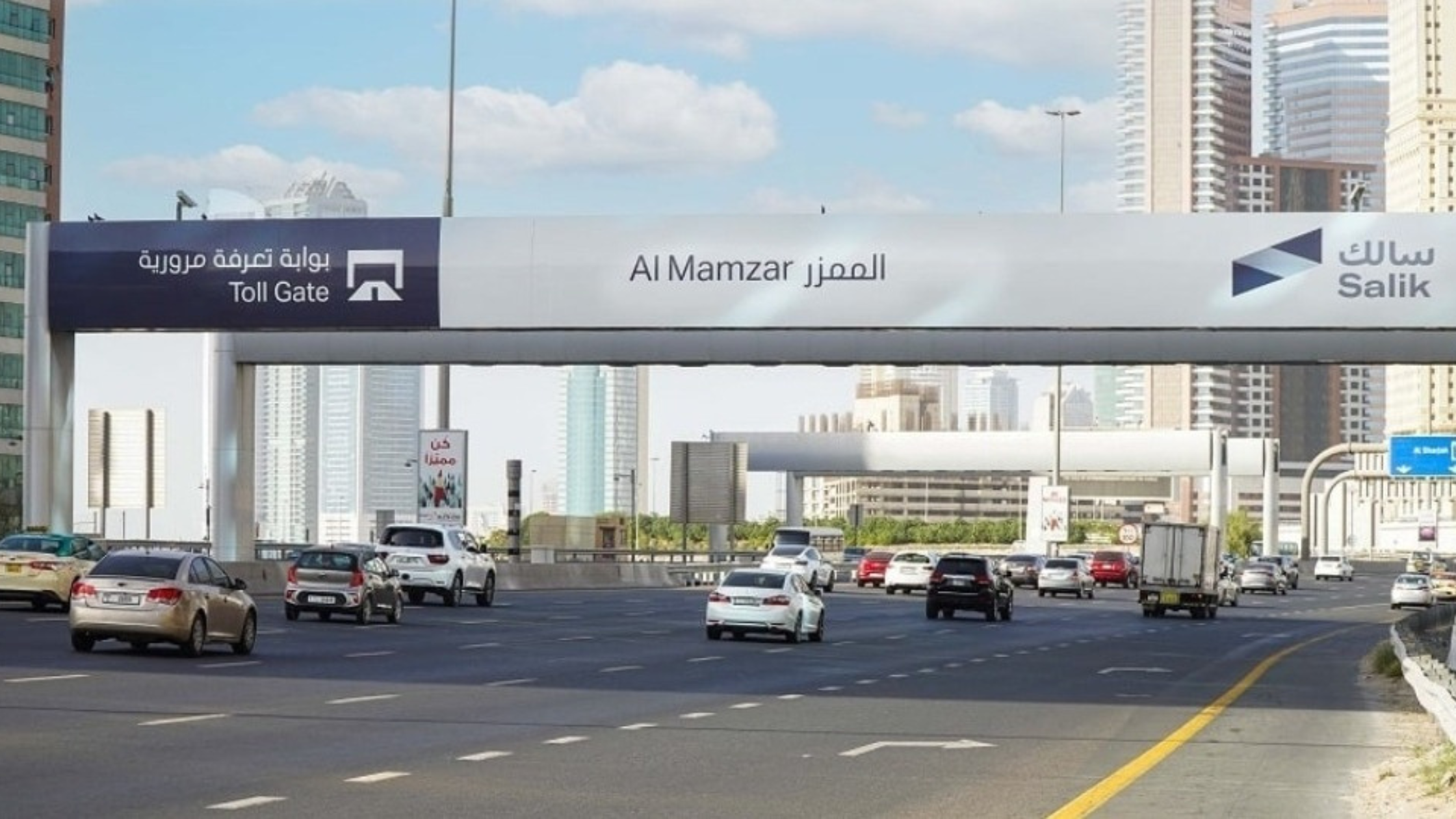Air India Flight Returns Mid-Air After Burning Smell Detected

On June 28, 2025, Air India experienced yet another operational disruption when a scheduled flight from Mumbai to Chennai was forced to return mid-air. The flight, designated AI 639, had only just taken off from Mumbai Airport when both passengers and crew detected a burning smell within the cabin.
Air India confirmed the incident and stated that the decision to turn back was precautionary. The aircraft landed safely back at Chhatrapati Shivaji Maharaj International Airport, where passengers were promptly provided with support services. A replacement aircraft was deployed to resume the journey to Chennai. The airline, however, did not disclose further information regarding the source of the burning smell.
Passengers reported that the flight departed Mumbai at 11:50 PM and had been airborne for about 45 minutes when the captain informed them of a return to the origin airport due to a technical issue. The aircraft landed safely at approximately 12:47 AM. Despite the disruption, passengers were appreciative of the crew’s calm handling of the situation.
Ongoing Challenges for Air India Raise Concerns Over Safety
This latest incident adds to a growing list of challenges for Air India. In recent days, the airline has encountered several mid-air diversions and delays due to medical emergencies, mechanical concerns, and unusual technical findings. These events have sparked discussions among aviation experts and travelers regarding the robustness of the airline’s operational and safety standards.
Just one day earlier, on June 26, another Air India flight faced an unexpected disruption. Flight AI186, which originated from Vancouver and was heading toward Delhi, made an emergency return to Kolkata following a passenger’s medical emergency. Although Kolkata had already been scheduled as a technical stop due to Pakistani airspace restrictions, the medical issue required an immediate delay before the flight could resume.
On June 23, Flight AI130, flying from London to Mumbai, faced a different kind of emergency. During the flight, five passengers and two crew members reported symptoms such as dizziness and nausea. The aircraft completed its route and landed safely in Mumbai, where those affected received medical attention and were discharged after evaluation. The cause of the incident is still under investigation, with possible factors being cabin air quality, foodborne issues, or pressurization discrepancies.
Bomb Threat Forces Emergency Diversion to Riyadh
On June 22, a UK-to-Delhi Air India flight encountered a serious security threat. A bomb threat mid-flight prompted an immediate diversion to Riyadh, Saudi Arabia. The aircraft was thoroughly inspected by security teams, and no explosives were found. After the plane was cleared, Air India arranged alternate flights for passengers to complete their journey.
The airline issued a public statement reassuring passengers and the public that all necessary safety protocols were followed. Although the threat proved to be false, the emotional impact on passengers was significant, as reported through social media posts describing the tension and uncertainty onboard.
This incident further underscores the importance of swift and effective safety response strategies, especially when international routes are involved.
Technical Obstruction Causes Delay at Mumbai Airport
Air India also faced an unusual delay involving Flight AI2354 from Mumbai to Bangkok. On June 21, ground crews discovered hay lodged underneath the aircraft’s wing during routine pre-flight inspections. Although the obstruction posed no direct threat, mandatory safety checks and regulatory compliance measures required thorough inspection.
After resolving the issue, the flight was further delayed because of crew duty limitations, which necessitated the deployment of a fresh flight crew. In total, the delay lasted nearly five hours. The origin of the hay remains a mystery, and an investigation has been launched to assess the performance of the ground service provider responsible for aircraft preparation at the airport.
Such delays, while rare in cause, highlight the need for stringent ground inspection protocols and accountability from third-party service partners involved in pre-flight operations.
DGCA Launches Safety Audit of Indian Carriers
In response to these and other recent aviation irregularities, India’s civil aviation regulator—the Directorate General of Civil Aviation (DGCA)—has initiated a comprehensive safety audit of all major domestic carriers, with Air India under close watch.
The audit follows the Air India crash-landing incident that took place in Ahmedabad on June 12. Though no fatalities were reported, the event triggered concerns across the industry about aircraft maintenance and crew readiness. The DGCA’s audit will review operational protocols, aircraft maintenance records, air traffic control communications, ramp safety, and the medical fitness of crew members.
Preliminary reports from the review have already flagged compliance issues across several areas. Regulatory authorities are expected to propose enhanced guidelines or corrective actions once the audit concludes. Stakeholders and observers are calling for a renewed commitment to operational excellence, not only from Air India but across the entire Indian aviation sector.
Air India Reiterates Commitment to Safety and Passenger Support
Air India responded publicly to recent incidents, reiterating that passenger safety is the airline’s highest priority. The carrier stressed that all incidents were managed in accordance with aviation regulations, and that support teams acted swiftly to minimize disruption and provide care to those affected.
The airline emphasized that technical incidents and mid-air returns, while regrettable, are sometimes necessary to prevent greater risk. In each case, crew members acted with professionalism, ensuring safe landings and coordinated follow-up care or communication with passengers.
Air India also stated that affected passengers were offered rebooking assistance, hotel accommodations (where applicable), and detailed status updates. Furthermore, the airline confirmed that it is actively cooperating with the DGCA’s ongoing audit and has launched its own internal safety review to identify and address any procedural gaps.
Senior management is expected to meet regulators in the coming weeks to discuss improvements, with a focus on strengthening training programs, tightening maintenance oversight, and improving ground-handling coordination.
Industry Watchers Raise Questions About Growing Incident Frequency
While no casualties have resulted from the recent incidents, the frequency of disruptions involving Air India has prompted concern from frequent flyers and industry analysts alike. Aviation experts note that while each event may appear isolated, together they suggest potential weaknesses in operational coordination or aircraft upkeep.
Passengers, too, are increasingly vocal about the need for transparency and timely communication. Many have called for Indian carriers, including Air India, to implement digital dashboards or performance reports to build trust and reassure travelers of safety protocols.
The aviation industry is facing multiple external challenges—from geopolitical tensions affecting flight paths to staff shortages and infrastructure limitations. Still, maintaining high operational reliability is essential to sustaining passenger confidence and global reputation.







